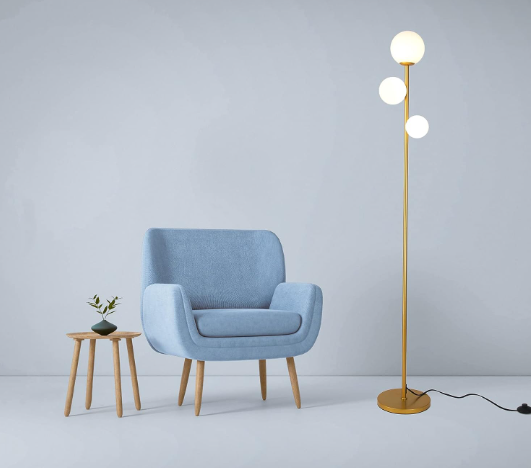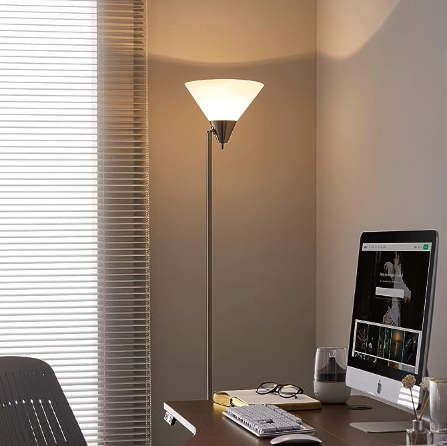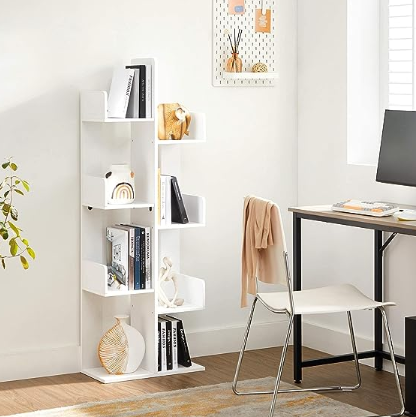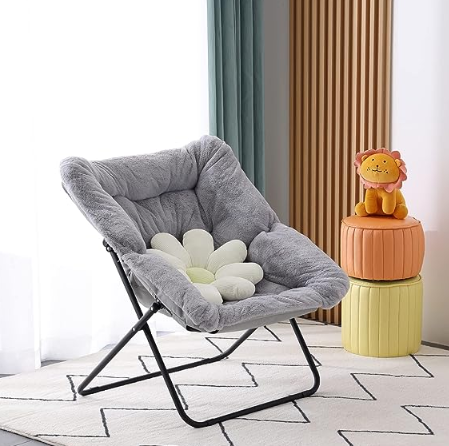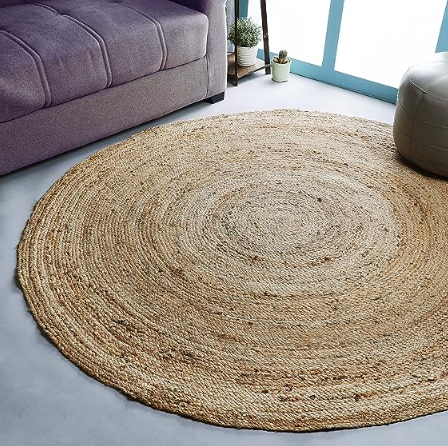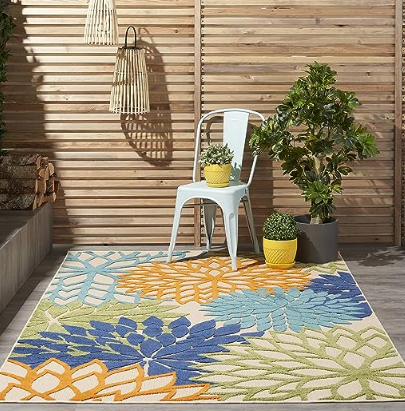How to Create High-Quality Living Room Lighting

Embrace the Ultimate Comfort and Style with the Armen Living LCSUCHWACH Summer Charcoal Armchair
August 15, 2025
Elevate Your Living Space with the Yaheetech Armchair: A Perfect Blend of Comfort and Style
August 20, 2025The picture above shows a real-life example from a friend’s home renovation. Who wouldn’t be captivated by the lighting design in that living room?
The living room is often the most frequently used space in daily life, serving as the main area for gatherings, conversations, and entertainment. A well-designed ambiance can elevate the overall style and mood of the entire home.
Because a living room serves various purposes, it’s best to control different areas with multiple lighting zones. For example, use cove lighting for general illumination, add spotlights for the media and coffee table areas to highlight key zones, and incorporate cabinet lighting and corridor lighting to form a comprehensive lighting system for the space.
Today, let’s briefly explore how to craft outstanding living room lighting!
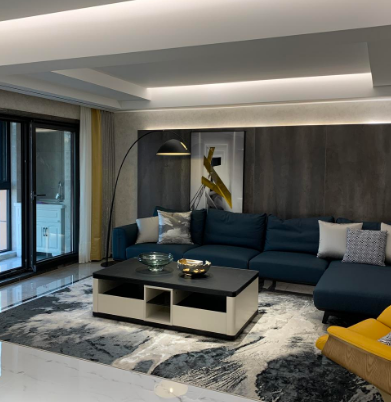
Overall Lighting
For general lighting, you can use cove lighting to evenly illuminate the entire room. This approach prevents dark spots caused by point light sources and creates an impression of higher ceilings and a safer, more open feeling in the space.
Tips:
① Keep the distance between fixtures and the ceiling at least 8 inches (200mm) to ensure uniform light distribution.
② The height of the baffle or light trough should match or be 2 inches (50mm) higher than the fixtures.
③ Make sure that the tubes or troughs are continuous and have consistent color temperature for a seamless look.
Ambient Lighting for Media and Seating Areas
For the TV and seating zones, wall washing with lights can enhance vertical surfaces and improve overall ambiance. Watching TV in a dark room creates a stark contrast between the screen and background, leading to eye strain. Introducing ambient lighting reduces this contrast and makes the space more comfortable.
Tips:
① When installing spotlights, keep about 12 inches (30cm) away from the wall, and ensure the outermost fixtures are at least 20 inches (50cm) from the adjacent wall.
② Based on the wall width, space two fixtures at about half or a third of the wall length, and for three fixtures, divide the total wall width into thirds or quarters. Use this as a guideline for even spacing.
Accent Lighting
Accent lighting highlights specific features like coffee tables or decorative objects, creating layered, inviting lighting that adds depth and comfort.
Tips:
① Choose spotlights with wattages of 5-7W and a narrow beam angle between 20°–30° for focused illumination.
② Opt for glare-free fixtures, preferably with lower surface brightness, to avoid harshness.
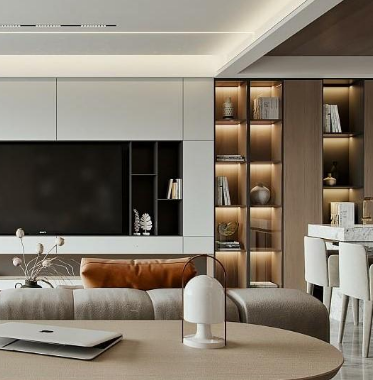
Cabinet Lighting
Cabinet lighting should illuminate each shelf to meet basic lighting needs, showcase displays, and enhance the overall atmosphere.
Tips:
① Select aluminum strip lights under 0.8cm in height for cabinets.
② Do not place the strip lights directly at the front edge of the cabinets; leave a gap of 1.5–2cm for better installation and aesthetics.
Summary
In essence, living room lighting design revolves around zoning with strategic fixture placement. It’s about meeting the different lighting needs of each area while integrating lighting scenes seamlessly into the overall design—making the lighting both functional and livable.

